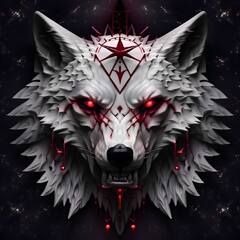[Guide] 3D Printers: An Introduction to Buying and Using 3D Printers
-
Topics
-
3
-
1
-
14
-
9
-
14
-
6
-
EzioWar ·
Posted in Operating Systems1 -
4
-
1
-
Pryme ·
Posted in Power Supplies8
-


.jpg.5cc14cacf0bfa9d58de316927a37ec08.jpg)














Create an account or sign in to comment
You need to be a member in order to leave a comment
Create an account
Sign up for a new account in our community. It's easy!
Register a new accountSign in
Already have an account? Sign in here.
Sign In Now